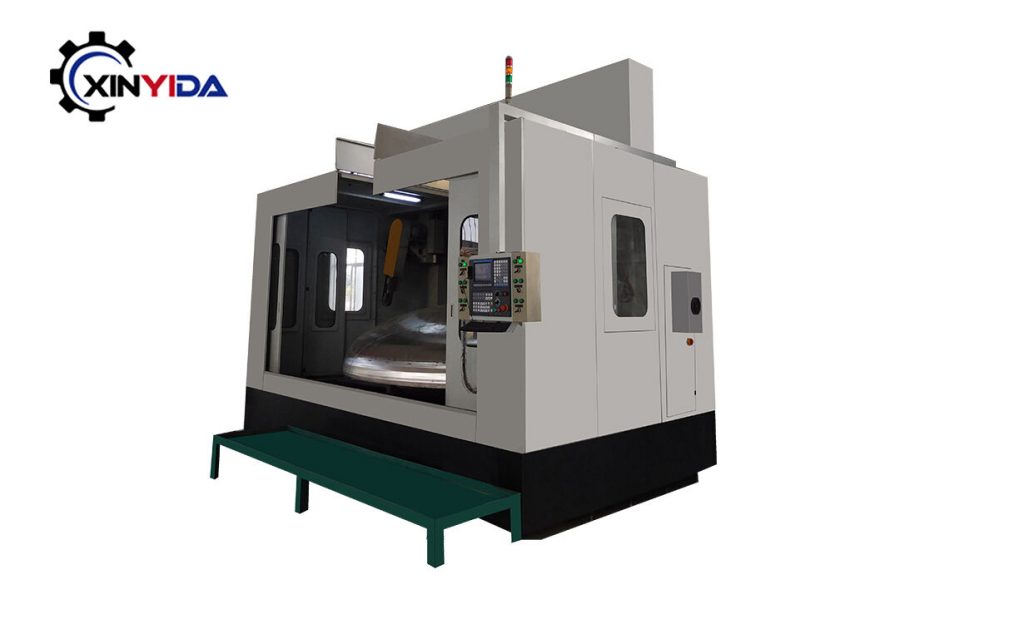Polishing grooves in CNC lathe machining can be a bit challenging due to the nature of the grooves. Here are some general steps you can follow to polish grooves on a CNC lathe:
Prepare the groove: Ensure that the groove is clean and free from any debris or burrs. Use a deburring tool or a file to remove any rough edges or imperfections.
Select the polishing tool: Choose a polishing tool that is suitable for the material of the workpiece and the size and shape of the groove. Polishing tools can include abrasive pads, polishing stones, or polishing compounds.
Mount the polishing tool: Secure the polishing tool in the lathe’s tool holder or turret. Make sure it is properly aligned and adjusted for the desired depth and angle of polishing.
Adjust the lathe speed and feed rate: Set the lathe to an appropriate speed and feed rate for polishing. This will depend on the material being polished and the desired finish. Consult the lathe’s manual or machining guidelines for recommended speeds and feeds.
Apply polishing compound: If using a polishing compound, apply a small amount to the groove or to the polishing tool. This will help remove any scratches and bring out a smooth finish.
Polish the groove: Slowly and carefully move the polishing tool along the groove, following its contours. Use light pressure and ensure consistent contact between the tool and the groove. Take your time and make multiple passes if necessary to achieve the desired finish.
Inspect and repeat if needed: After polishing, inspect the groove for any remaining imperfections. If necessary, repeat the polishing process with a finer abrasive or polishing compound to further refine the surface.
Clean and deburr: Once you are satisfied with the polished groove, clean the workpiece to remove any polishing residue. Use a deburring tool or file to remove any burrs that may have formed during the polishing process.
It’s important to note that the specific steps and techniques may vary depending on the material being machined, the type of groove, and the desired finish. It is recommended to consult with experienced machinists or refer to the lathe’s manual for more detailed instructions and guidelines specific to your setup.

